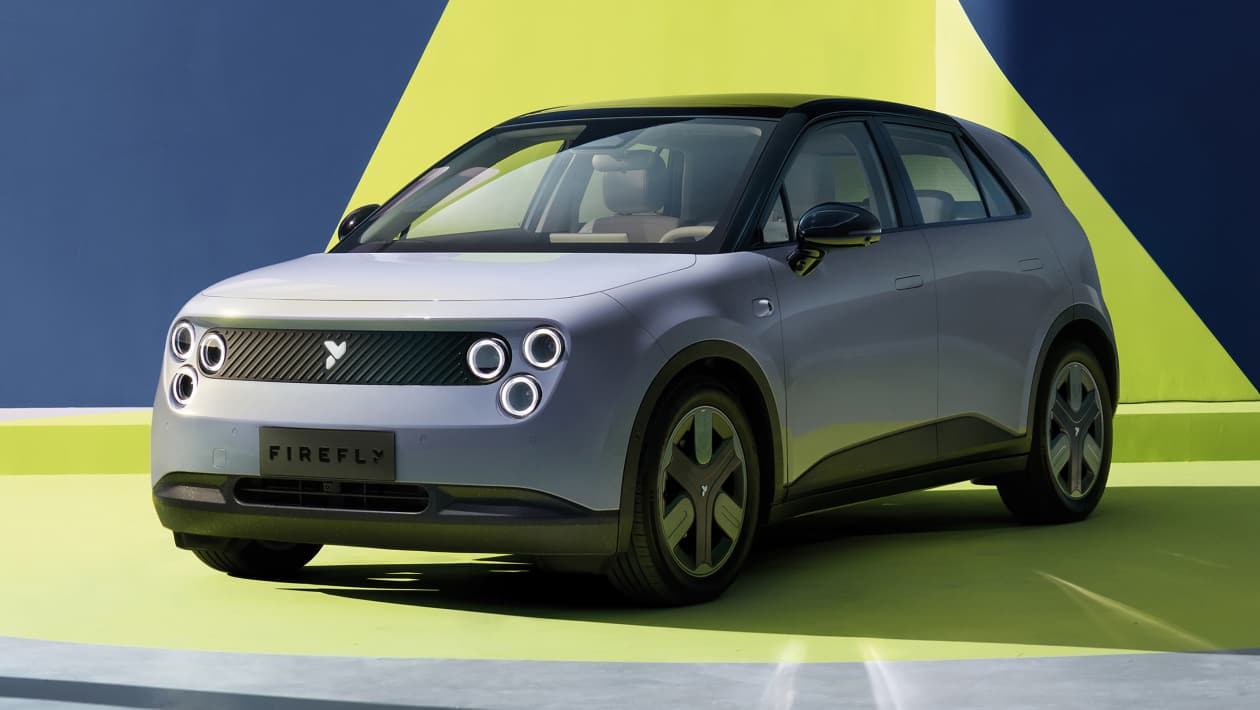Alright, folks, let’s talk about CATL, the battery giant, and a reality check they just delivered on the hyped-up megawatt charging scene. During their Q1 earnings call, CATL essentially said what many of us in the know have suspected – this isn’t a plug-and-play solution.

They’re admitting that achieving genuinely fast charging with these megawatt chargers requires a massive infrastructure overhaul. We’re talking significant grid upgrades or, more realistically, expensive and space-consuming energy storage systems bolted onto every station.
This isn’t just sticker shock for the station owners; it’s a time sink too. Build times get dramatically extended, and the whole rollout gets bogged down. CATL isn’t saying megawatt charging won’t happen, but they’re rightly pointing out it’s not going to be as widespread or as quick as some are projecting.
Let’s break down why this is so critical. Megawatt charging aims to drastically reduce EV charging times, potentially matching refueling a gasoline car. However, current grid infrastructure is simply not equipped to handle the immense power demands.
This necessitates either bolstering the local grid, a costly and protracted process involving permits and construction. Alternatively, on-site energy storage, like large battery packs, can buffer the load.
These storage solutions, while effective, add significant capital expenditure and increase the physical footprint of charging stations. Therefore, the dream of ubiquitous megawatt charging faces practical hurdles.
Ultimately, this highlights the importance of a pragmatic approach to EV charging infrastructure. Diversification of charging solutions – fast charging, battery swapping, and gradual grid improvements – is the key, not chasing the ‘next big thing’ that may be years away from practical large-scale deployment.






